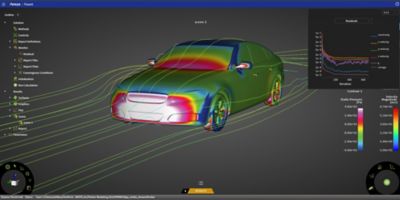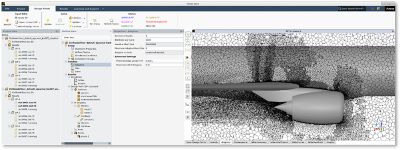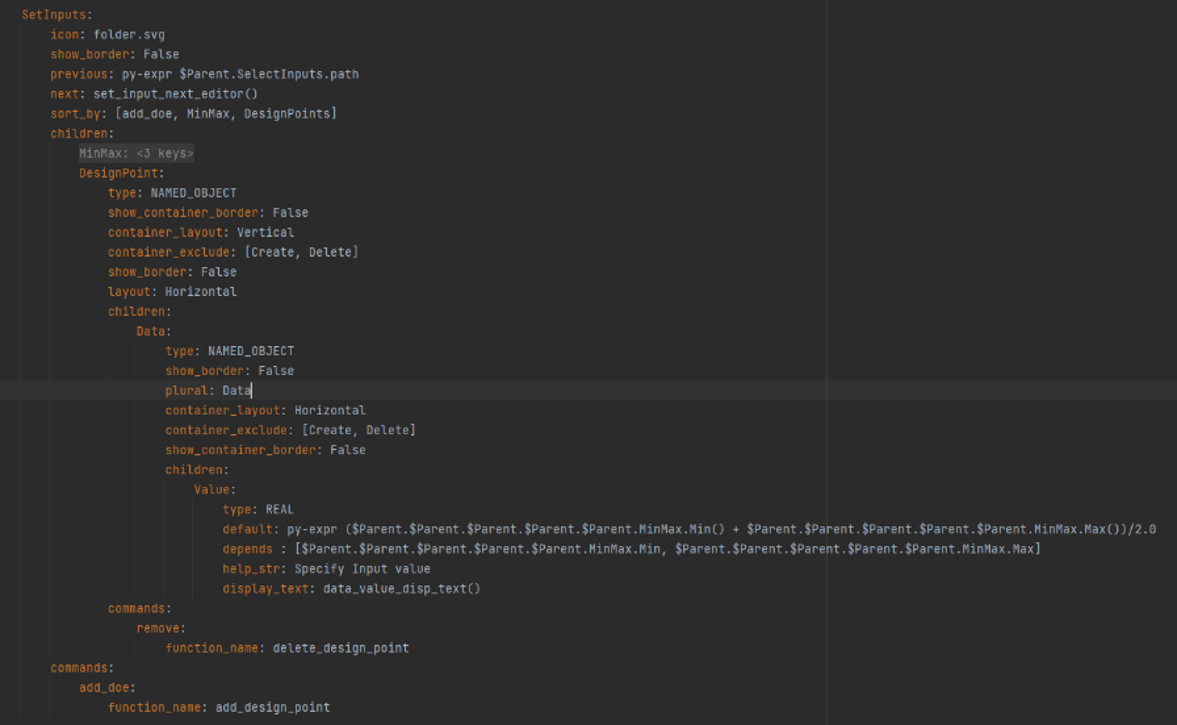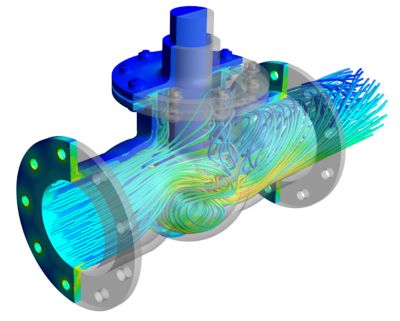Quick Specs
Accelerate your design cycle with this powerful fluid simulation software. Ansys Fluent contains the best-in class physics models and can accurately and efficiently solve large , complex models.
Ansys Fluent è il software di simulazione dei fluidi leader del settore noto per le sue avanzate capacità di modellazione fisica e la precisione leader del settore.
Ansys Fluent gives you more time to innovate and optimize product performance. Trust your simulation results with a software that has been extensively validated across a wide range of applications. With Ansys Fluent, you can create advanced physics models and analyze a variety of fluids phenomena—all in a customizable and intuitive space.
Accelerate your design cycle with this powerful fluid simulation software. Ansys Fluent contains the best-in class physics models and can accurately and efficiently solve large , complex models.
July 2024
In 2024 R2, Ansys Fluent continues to deliver critical enhancements to improve solver performance, end-user productivity, and added capabilities to industry-specific workflows.

Support is now available to run the Fluent GPU solver on AMD GPU cards, enabling broader hardware options for our users. Added physics includes compressible flows, DO radiation, anisotropic conductivity, and more.

The Fluent Web interface allows you to connect or launch your Fluent simulations on a web browser and start/stop/pause your simulations in real time. Updates in 2024 R2 include limited model set-up support, a template to connect to HPC, a multi-select context menu, and more.

Updates to the Fluent Aero workspace (dedicated to external aerodynamics studies of aerospace applications) include compatibility with the virtual blade model (VBM) with the DBNS solver. Parametric post-processing is also now available to post-process numerous design points simultaneously. Automated PUMA mesh adaption is also now available.

Aerospace application updates include accuracy improvements to the two-temperature equation model for high-speed flight regimes that now match better with measured data. The Virtual Blade Model (VBM), widely used for rotorcraft and urban air mobility applications, now includes additional outputs, including Xp-force and Yp-force.

PyFluent updates include an improved workflow interface for a cleaner and more efficient programming style, new API availability to access and modify volumetric solution data, and usability improvements of field-data APIs with a purpose-designed interface for more straightforward interpretation.

Turbulence model tuning with AI/ML is now available. The adjoint solver and AI/ML calibrate GEKO coefficients against a high-fidelity LES solution, yielding LES-level accuracy at the cost of RANS.
Ansys Fluent unlocks new potentials for CFD analysis. A fluid simulation software with fast pre-processing and faster solve times to help you be the fastest to break into the market. Fluent’s industry leading features enable limitless innovation, while never making a compromise on accuracy.

Explore the best fluid simulation tools on the market in an efficient, customizable workspace
ANSYS FLUENT RESOURCES & EVENTS

Ansys developed a new turbulence model family called Generalize k-w (GEKO) model with the goal of turbulence model consolidation. GEKO is a two-equation model, based on the k-w model formulation, but with the flexibility to tune the model over a wide range of flow scenarios.

This report is intended as an addition to the code-specific Theory and User Documentation available for both Ansys Fluent and Ansys CFX. That documentation describes in detail how to select and activate these models, so that information is not repeated here.

The goal of this paper is to guide a user through the process of optimal RANS model selection within the Ansys CFD codes, especially Ansys Fluent and Ansys CFX.
It's vital to Ansys that all users, including those with disabilities, can access our products. As such, we endeavor to follow accessibility requirements based on the US Access Board (Section 508), Web Content Accessibility Guidelines (WCAG), and the current format of the Voluntary Product Accessibility Template (VPAT).